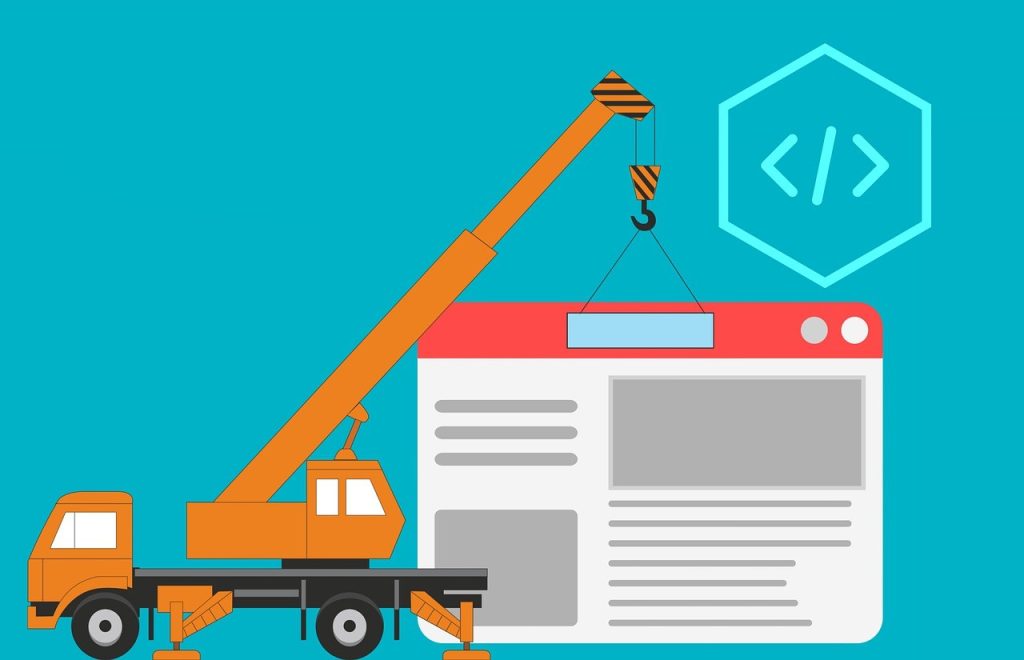The Agile Manifesto has become a familiar presence in the realm of software development, evolving over time.
In the past decade, the software industry has warmly embraced Agile development methodologies, with organizations of all kinds molding and adapting them to their unique needs. The primary objective has been to genuinely attune to end-user and market demands.
Initially, like many other facets within the product realm, testing teams also encountered a whirlwind of agile concepts, shifting timelines, and evolving user requirements. Amidst this flux, they struggled to pinpoint their place within the lifecycle and define their role clearly.
Yet, as the years have unfolded, the testing teams, in my perspective, have emerged as significant beneficiaries from various angles:
Elevated Standing:
Testing is no longer relegated to a late-stage procedure in the software lifecycle. Testers are now involved from the outset, not only in their testing tasks but also in requirements shaping, product planning, and design phases. This heightened engagement refines their skills and allows them to contribute meaningfully to discussions they were once excluded from.
Streamlined Workload:
The focus on increased test automation has prompted testers to delegate certain manual tasks. This shift has freed up their time for more substantial undertakings, such as analyzing end-user feedback, conducting competitive assessments, and diving deeper into quality enhancement.
Fostered Collaboration:
Through their leftward movement in the development lifecycle, testers have unlocked the potential for more collaborative interaction with the entire product team. Previously, they were seen as isolated entities appearing just before product release. Although challenges emerged, like role overlaps and initial hesitations about testers participating in product deliberations, the value they bring has helped the team recognize their expertise and embrace collaboration.
Empowered User Relationships:
Agile methodologies emphasize a team-wide connection with end users. As representatives of the end users, testers hold a pivotal role in front-facing engagements like product demos, beta programs, and usability studies. This positioning has granted them a clearer grasp of the product from the user’s perspective, a marked improvement from the past when they struggled to step into the metaphorical shoes of the end user.
Ultimately, amidst the ever-shifting variables, the Agile approach compels testers to encourage quality ownership across the team, fostering not only personal growth but also elevating collective contributions to the evolving product. The evolution of the tester’s role, since its official inception in the 1990s, has traversed a remarkable journey.
The Agile methodology has provided them with a well-deserved upgrade, acknowledging their ongoing efforts and enabling them to tackle new challenges with immense potential. The testing community owes a debt of gratitude to Agile Development Methodologies for this transformative enhancement of their roles.
In conclusion, the empowerment of testing teams through Agile development methodologies has revolutionized the landscape of software testing. The journey from being an isolated, late-stage procedure to a dynamic and integrated part of the development process has been nothing short of remarkable. Testers have evolved from being the gatekeepers of quality assurance to becoming active contributors to the entire product lifecycle.

The Agile Manifesto’s principles have instilled a sense of ownership and collaboration within testing teams, as they embrace their role from the very outset of a project. No longer confined to their testing tasks alone, testers now engage in shaping requirements, contributing to product planning, and influencing design phases.
This expanded scope has refined their skill set and empowered them to actively participate in discussions that shape the product’s trajectory. You can get a QA engineer’s advice on a specific application or find out more testing cases at the link – https://testfort.com/qa-consulting.
One of the key shifts brought about by Agile methodologies is the focus on test automation, which has enabled testers to offload manual tasks and focus on more strategic and value-driven activities. This shift has transformed their workload, allowing them to dive deeper into analyzing end-user feedback, conducting competitive assessments, and driving quality enhancement strategies. The result is a testing team that is not just a quality assurance checkpoint, but an integral part of the team’s pursuit of excellence.
Furthermore, Agile’s emphasis on cross-functional collaboration has paved the way for testers to foster better relationships with their peers. The testing team’s involvement throughout the development lifecycle has shattered the traditional barriers between roles, encouraging a more holistic understanding of the product and its requirements.
While initial challenges such as role overlaps and hesitations about testers participating in product deliberations emerged, the value they bring to the table has helped the entire team recognize their expertise and welcome their insights.
Agile methodologies have also positioned testers as representatives of end users, thereby granting them a deeper understanding of the user’s perspective. This shift has empowered testers to actively engage in product demos, beta programs, and usability studies, providing valuable insights that enhance the user experience. This user-centric approach has marked a departure from the days when testers struggled to truly empathize with the end users, offering a more authentic connection between the product and its intended audience.
Read Also:
- HOW TO PROMOTE POS SOFTWARE DEVELOPMENT COMPANY?
- PRODUCT MANAGERS’ TOOLBOX: TOP-RATED PRODUCT ROADMAP MANAGEMENT SOFTWARE
- YII2 FRAMEWORK, NODE.JS WEBSITES, AND SOFTWARE DOCUMENTATION BEST PRACTICES -A TRIO FOR WEB DEVELOPMENT
The post Empowering Testing Teams With Agile Development Methodologies appeared first on Social Media Magazine.

